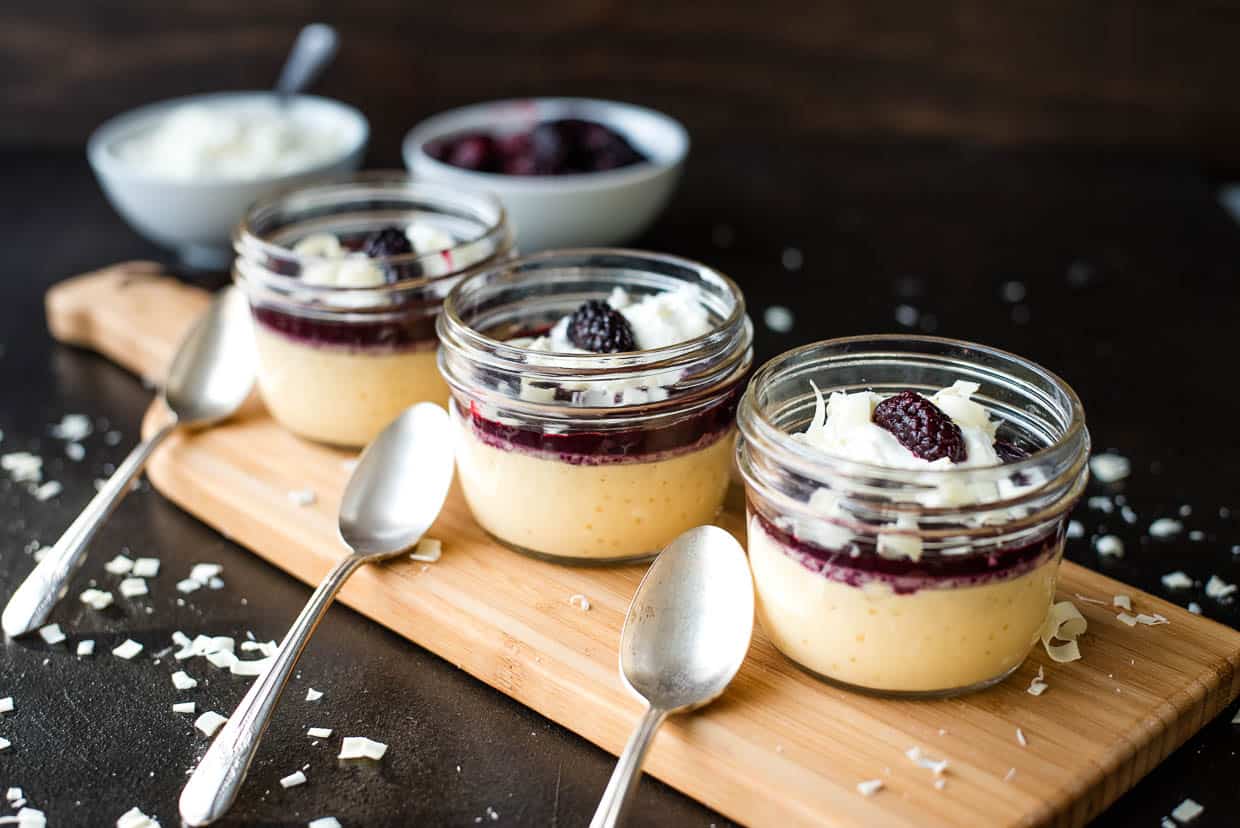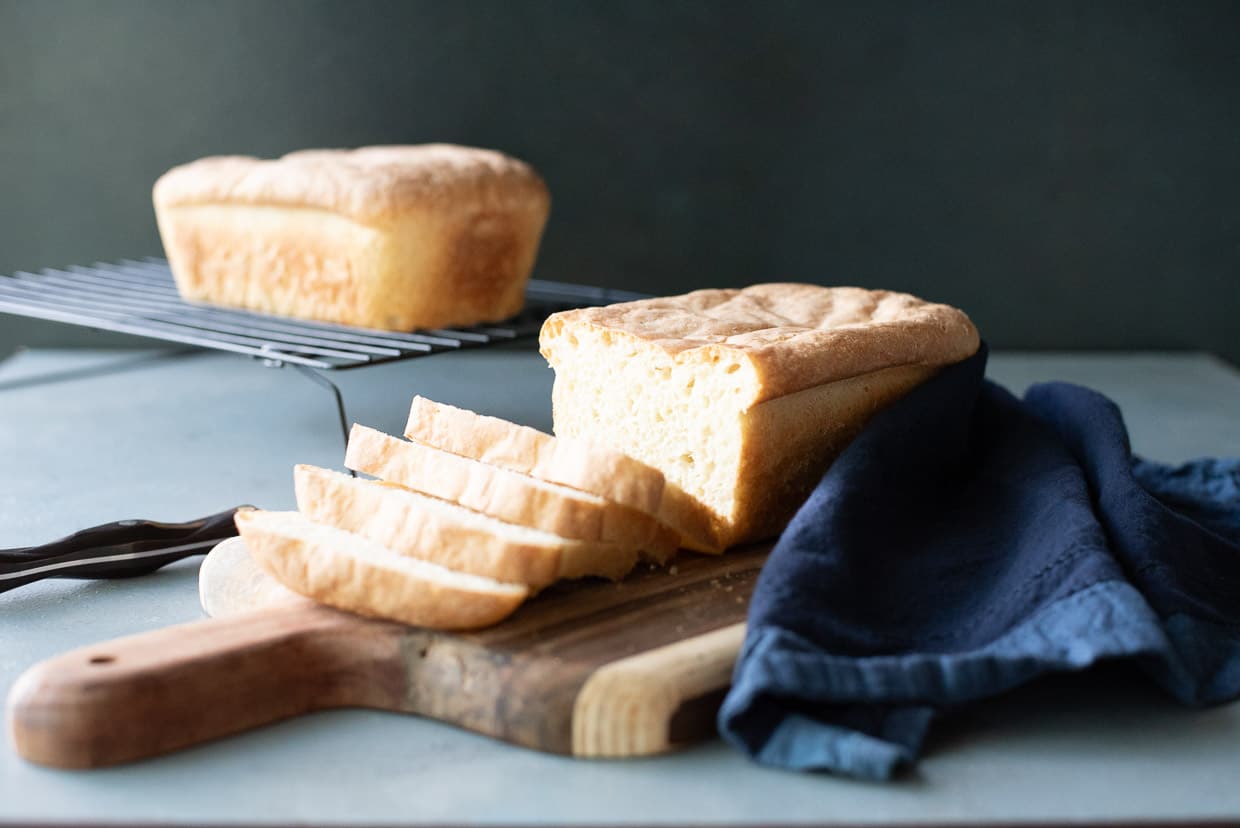From the moment that heat, acid or mechanical action meets protein, a flavorful journey begins. On the surface, we see this as simple cooking, but in the world of food science, this protein transformation is called denaturation and coagulation. Explore the science of how denaturation and coagulation function and their transformative potential in enhancing your culinary skills.

Proteins
The key to understanding the science behind denaturation and coagulation is understanding proteins. In short, proteins are complex molecules of smaller units known as amino acids. There are twenty types of amino acids, each possessing unique characteristics, which combine to form the different types of proteins in food.
When people think of protein, they often think of animal proteins like beef, chicken and fish or animal products like eggs, dairy products and collagen powders. However, many vegetarian protein sources are also available, including wheat, soy and lentils.
In the world of food science, the principles of denaturation and coagulation apply directly to the proteins built by these amino acids.
“Some of my favorite vegetarian sources of protein are beans, eggs, tofu and quinoa. You can also use nuts and seeds, like almonds, pumpkin seeds and peanuts, to add protein to your meal.”
—Gen La Rocca, Two Cloves Kitchen
Denaturation: Changing protein structure
At the surface level, denaturation is the chemical process proteins undergo when exposed to heat, acid or mechanical action. The proteins in raw ingredients break down so that they can then transform into a delicious culinary creation.
Think about the texture of a steak when it is raw. The meat is red, soft, cold and super appealing to a lion, but maybe not a human. Once it’s added to a hot frying pan, the heat causes the surface of the steak to undergo the Maillard reaction. At the same time, the internal protein structure is rearranged by denaturation, allowing the proteins to firm up, changing the color and texture throughout the steak.
Denaturation is the process of breaking down the proteins causing gluten to form in bread through kneading, cheese to form by exposing milk to acid, and tofu to turn into a crispy delight once pressed and fried.
Coagulation: Solidifying proteins
Coagulation is the culinary process where liquid protein components in a mixture transform into a more solid, often gel-like state. Similar to gelatinization, which applies to the thickening of starches, coagulation is the thickening of proteins. Like denaturation, heat, acid or mechanical action also initiates coagulation.
Most often, denaturation and coagulation occur simultaneously or sequentially, as denaturation alters the structure of the proteins, making them more prone to coagulation. Looking at the steak example, as the proteins denature, the texture and color of the steak change. Then, as the steak rests, those denatured proteins coagulate, contributing to the juiciness and flavor of the steak.
While denaturation is the process of breaking down proteins, coagulation is the process of solidifying proteins.

Culinary applications
Multiple applications exist for using the dynamic duo of denaturation and coagulation together. Creating custards, making cheese and producing perfectly silky gravies are all great examples.
When creating a custard, like for creme brulee, the egg yolks are the star proteins in this dish. They are denatured first mechanically through whipping, then again through gentle heating. This process rearranges the protein structure, thickening the custard slightly and setting it up for coagulation as the custard bakes in the oven.
In cheese making, denaturation begins when the milk is heated, breaking down the proteins, then acidic enzymes, like rennet, are added to trigger coagulation in the formation of curds. These cheese curds are then further manipulated to make various kinds of cheese with unique textures and flavors.
Making the most flavor-filled gravies involves both denaturation and coagulation, with a side of gelatinization. The first step, denaturation, occurs when cooking the meat or bones, which provide the pan juices and stock. Coagulation is the initial reduction of these pan juices and stock into a thicker sauce. While these two steps alone can make for a great pan sauce, adding a starch-based roux triggers gelatinization, further thickening the sauce and creating what we know as gravy.
Tips for the home cook
When learning any new culinary skill, there are always a few tips and tricks that can make it easier to understand and embrace. Here are a couple of the most helpful.
- Carefully control the heat. The heat level can significantly impact the results when working with denaturation and coagulation. Lower heat allows for a more gradual process, resulting in a tender and moist final product, while higher heat can expedite the process, creating a firmer texture. Understanding how heat affects proteins and starches will help to achieve the desired consistency and flavor in your dishes.
- Leverage thickening agents. Gelatinization can enhance coagulation by using various thickening agents like flour, cornstarch, or arrowroot to thicken sauces and gravies. Mix them with cold water or another liquid to create a slurry before adding them to your hot mixture to prevent clumping and ensure even thickening. Adjust the amount of thickening agent to control the final consistency of your sauce.
- Experiment with Coagulants. Different acids will provide various textures in recipes that depend on coagulation, such as cheese-making or tofu production. For cheese, try using rennet, citric acid, or vinegar to see how each affects coagulation and flavor. When making tofu, explore different coagulants like magnesium chloride or calcium sulfate for varying degrees of firmness.
By understanding how denaturation and coagulation work and applying these tips, you’ll be better equipped to create a wide range of delicious dishes in your home kitchen.

Embracing the transformation of protein
Triggered by heat, acid or mechanical action, denaturation breaks down the proteins and breathes life into raw ingredients. Alongside it, coagulation solidifies liquids, thickens sauces and elevates flavors, forming the essence of cheese-making, custards and gravies. Together, they bring science into professional and home kitchens worldwide, allowing cooks to transform raw ingredients into delicious masterpieces.
Renee N Gardner is the creative mastermind behind Renee Nicole’s Kitchen, a recipe blog based on seasonal ingredients, dedicated to helping home cooks build their kitchen confidence to become home chefs. When Renee isn’t writing, developing recipes or photographing food, you’ll find her in the garden, traveling or enjoying the outdoors with her husband, son and two dogs.